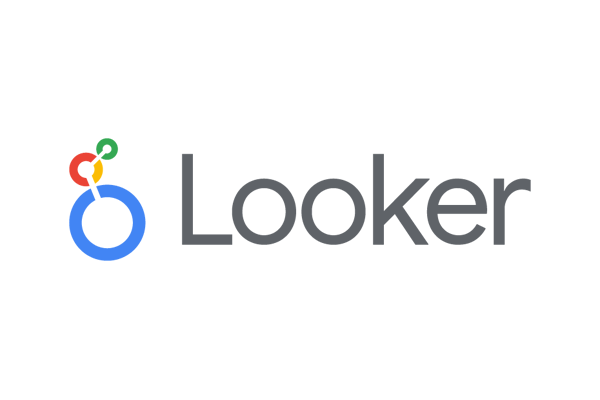Looker is a business intelligence and data analytics platform designed to help organizations make data-driven decisions. It allows users to connect to various data sources, transform raw data into meaningful insights, and create interactive and dynamic visualizations.We have the perfect professional Looker Course for you. Enroll now!
Here's an explanation of Looker and its key features:
-
Data Connection and Integration: Looker can connect to a wide range of data sources, including databases, cloud storage, spreadsheets, and other third-party applications. It consolidates data from different sources into a single unified view, making it easier for users to access and analyze information.
-
Data Modeling: One of Looker's core strengths is its data modeling capabilities. It uses LookML, a proprietary modeling language developed by Looker, to define relationships and dimensions within the data. This abstraction layer allows non-technical users to interact with data without having to write SQL queries.
-
Data Exploration and Visualization: Looker enables users to explore data interactively through an intuitive web-based interface. It offers a wide range of visualization options, such as charts, graphs, and dashboards, to help users better understand trends, patterns, and insights in their data.
-
Collaboration and Sharing: Looker facilitates collaboration by allowing users to share their findings with colleagues and stakeholders. Reports, dashboards, and data insights can be easily shared through links, embedded in other applications, or exported to various formats like PDF or Excel.
-
Data Governance and Security: Looker provides robust security features to ensure that sensitive data is accessible only to authorized users. Administrators can set up role-based access controls and manage data permissions to maintain data integrity and compliance with privacy regulations.
-
Embedded Analytics: Looker can be integrated into other applications and platforms, allowing businesses to embed data visualizations and analytics directly within their own products. This enables real-time data analysis for end-users without them having to leave their primary application.
-
Scheduled Reporting and Alerts: Looker allows users to schedule automated reports and alerts based on predefined criteria. This feature ensures that stakeholders receive timely updates and insights without having to manually request the information.
It's important to note that technology evolves quickly, and there may have been updates or changes to Looker since my last update in 2021. Therefore, it's a good idea to refer to the official Looker website or documentation for the most up-to-date information about the platform and its features.


